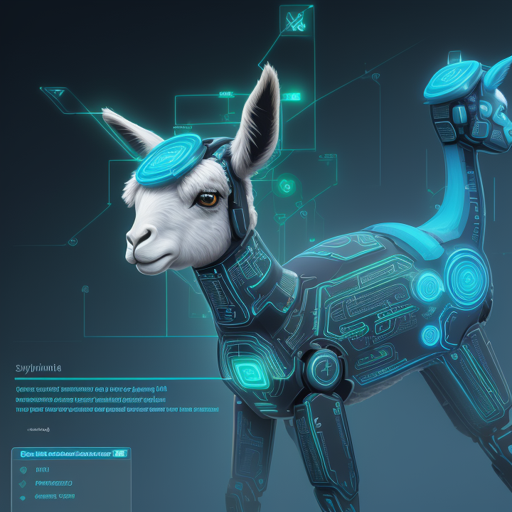The TinyLlama project focuses on the exciting endeavor of pretraining a **1.1B Llama model** on a staggering **3 trillion tokens**. With the right optimization techniques and powerful hardware, this task can be accomplished in an impressive timeline of just 90 days using **16 A100-40G GPUs**. As of September 1, 2023, training for TinyLlama commenced, aiming to bring forth a compact yet powerful AI solution.

Unpacking TinyLlama’s Architecture
Just like the Llama 2 architecture, TinyLlama employs a similar structure and tokenizer, enabling seamless integration into various open-source projects developed on the Llama framework. But how does TinyLlama manage to keep its size down to **1.1B parameters**? This compactness is crucial as it allows developers to utilize the model in applications that require limited computational resources and memory.
Understanding the Collection of Checkpoints
This section holds all the checkpoints stemming from the 1T fix. Each branch in the collection denotes a specific step along with the cumulative number of tokens processed. Tracking these metrics is vital for assessing the model’s performance as it evolves through training.
Eval| Model | Pretrain Tokens | HellaSwag | Obqa | WinoGrande | ARC_c | ARC_e | boolq | piqa | avg ||-------------------------------------------|-----------------|-----------|------|------------|-------|-------|-------|------|-----|| Pythia-1.0B | 300B | 47.16 | 31.40| 53.43 | 27.05 | 48.99 | 60.83 | 69.21 | 48.30 || TinyLlama-1.1B-intermediate-step-50K-104b | 103B | 43.50 | 29.80| 53.28 | 24.32 | 44.91 | 59.66 | 67.30 | 46.11|| TinyLlama-1.1B-intermediate-step-240k-503b| 503B | 49.56 |31.40 |55.80 |26.54 |48.32 |56.91 |69.42 | 48.28 || TinyLlama-1.1B-intermediate-step-480k-1007B | 1007B | 52.54 | 33.40 | 55.96 | 27.82 | 52.36 | 59.54 | 69.91 | 50.22 || TinyLlama-1.1B-intermediate-step-715k-1.5T | 1.5T | 53.68 | 35.20 | 58.33 | 29.18 | 51.89 | 59.08 | 71.65 | 51.29 || TinyLlama-1.1B-intermediate-step-955k-2T | 2T | 54.63 | 33.40 | 56.83 | 28.07 | 54.67 | 63.21 | 70.67 | 51.64 || TinyLlama-1.1B-intermediate-step-1195k-2.5T | 2.5T | 58.96 | 34.40 | 58.72 | 31.91 | 56.78 | 63.21 | 73.07 | 53.86|| TinyLlama-1.1B-intermediate-step-1431k-3T | 3T | 59.20 | 36.00 | 59.12 | 30.12 | 55.25 | 57.83 | 73.29 | 52.99|Think of It This Way: An Analogy
Imagine you are building a powerful city (the model), requiring an intricate infrastructure of roads (parameters) to move people and goods efficiently (data processing). The traditional cities have broader roads accommodating a larger number of vehicles (higher parameters), while TinyLlama is like a well-organized small-town. It offers just enough roads to ensure smooth traffic, thereby utilizing its limited resource space effectively while still being able to facilitate growth and development.
Troubleshooting Tips
As with any complex project, it is not uncommon to face challenges along the way. Here are some troubleshooting ideas to guide you:
- Resource Limitations: Ensure that your hardware meets the requirements for training TinyLlama, particularly the 16 A100-40G GPUs.
- Pipeline Issues: If you encounter problems with checkpoints or data, verify the tokenization process and ensure consistent formatting.
- Performance Metrics: If unexpected results arise in evaluations (e.g., HellaSwag scores), cross-check the data pipelines and model configurations.
For more insights, updates, or to collaborate on AI development projects, stay connected with fxis.ai.
Final Thoughts
At fxis.ai, we believe that such advancements are crucial for the future of AI, as they enable more comprehensive and effective solutions. Our team is continually exploring new methodologies to push the envelope in artificial intelligence, ensuring that our clients benefit from the latest technological innovations.

